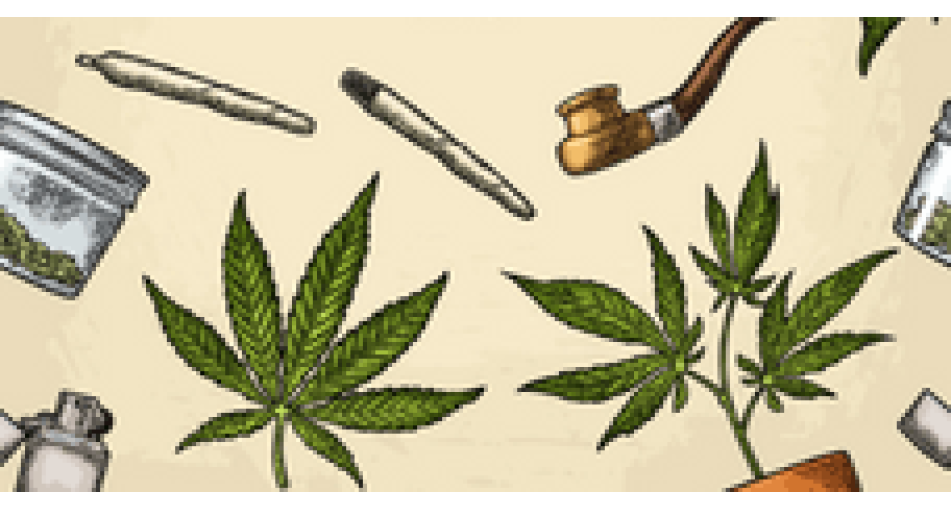
The use of cannabis.
Cannabis is an ambiguous medicinal plant that combines beneficial and negative properties at the same time. In modern medical practice in Western countries, hemp-based drugs relieve pain of various etiologies, relax the airways during asthma attacks, help with epileptic seizures, migraines, bowel diseases, gallbladder, urinary tract, leukemia, Tourette's syndrome, stress and anxiety, glaucoma. The positive effect of cannabis on cancer cells has been discovered, which, under its influence, self-destruct due to autoagy.
However, the psychotropic effects that have the most devastating consequences for the body and personality of a person prompted the ban on cannabis. Although only one of the four varieties of this plant is able to influence the human psyche. Among the negative consequences of the use of cannabis is the emergence of drug addiction. The presence of a substance such as tetrahydrocannabiol in the inflorescences and leaves of hemp contributes to the emergence of a psychotropic effect, which manifests itself in hallucinations, mood swings, memory impairment, impaired memory and movement coordination. Possible changes in the reproductive system.
Restrictions on the cultivation of this valuable crop led to the loss of entire industries, and in fact, hemp has long been used both in industry and in culinary business. For example, porridge was prepared from hashish-free varieties, hemp milk was made. Due to the excellent mineral, vitamin and fat composition, such dishes were actively used during religious fasts. Hemp oil, which contains a lot of vitamins and useful omega-3 non-fatty acids, is distinguished by excellent taste and nutritional qualities.
About 6 thousand products can be made from hemp: paper, clothing, alcohol, gasoline, building materials. Such fabrics are worn for a long time, fuel is environmentally friendly. Shipping actively uses ropes and ropes made from this plant, which are not susceptible to the corrosive effect of sea water.
